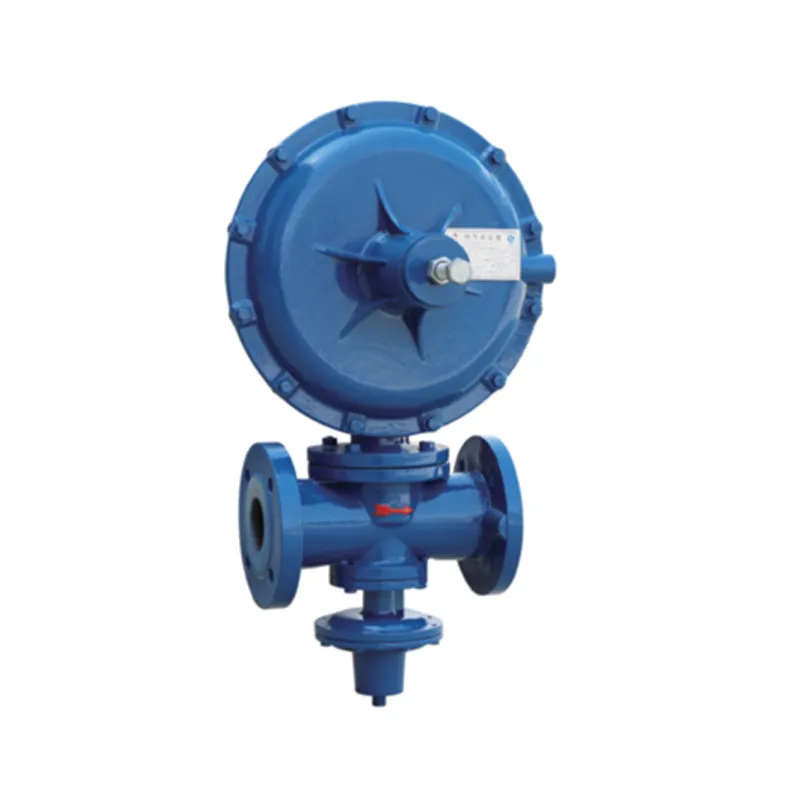
Nov . 05, 2024 14:37
Back to list
gas purifier
Gas Purifier Ensuring Clean and Safe Air
In today's rapidly industrializing world, the importance of clean air cannot be overstated. As factories and power plants emit pollutants into the atmosphere, the need for effective air purification systems has become critical. One essential component in ensuring air quality is the gas purifier, a device designed to remove harmful gases and particulate matter from the air or gas streams before they are released into the environment or used in industrial processes. This article delves into the significance, mechanisms, and types of gas purifiers.
The Significance of Gas Purifiers
Gas purifiers play a crucial role in safeguarding the environment and public health. The emissions from various industries often contain toxic gases like sulfur dioxide (SO2), nitrogen oxides (NOx), carbon monoxide (CO), and volatile organic compounds (VOCs). Exposure to these substances can lead to severe health issues, including respiratory ailments, cardiovascular diseases, and even cancer. Furthermore, these pollutants contribute to environmental problems such as acid rain, smog formation, and climate change.
Effective gas purifiers serve as a first line of defense against such emissions, ensuring that industries comply with environmental regulations and standards
. Moreover, the use of purifiers is vital for processes that require specific gas compositions, ensuring the efficient operation of equipment and improved product quality. In industries such as pharmaceuticals, chemicals, and food production, even trace amounts of contaminants can lead to significant consequences.Mechanisms of Gas Purification
Gas purification works through various mechanisms, each tailored to target specific types of pollutants. The primary methods include
1. Adsorption This process involves the adherence of gas molecules to the surface of a solid material, known as an adsorbent, such as activated carbon or zeolites. Adsorption is particularly effective for removing VOCs and odors.
2. Absorption In this method, the gas molecules dissolve in a liquid solution. Scrubbing systems using alkaline or acidic solutions are commonly employed to capture and neutralize gases like SO2 and HCl.
3. Catalytic Conversion This technique involves using catalysts to promote chemical reactions that transform harmful gases into less harmful substances. For example, catalytic converters in vehicles convert CO and NOx into harmless nitrogen and carbon dioxide.
gas purifier

4. Membrane Separation This method utilizes selective barriers to separate specific gas molecules from a mixture. It is often used in applications needing high purity gases or to recover valuable components from waste gas streams.
Types of Gas Purifiers
Gas purifiers come in various forms, tailored for specific applications and industries. Some common types include
- Activated Carbon Filters Excellent for removing odors and organic vapors.
- Wet Scrubbers Effective in removing particulate matter and soluble gases using liquid solutions.
- Thermal Oxidizers These devices incinerate hazardous gases at high temperatures, converting them into harmless byproducts.
- Photo-Catalytic Oxidation (PCO) Units Using ultraviolet light and catalysts, these systems break down organic pollutants into carbon dioxide and water.
Conclusion
Gas purifiers are essential components in the quest for clean air and environmental sustainability. They not only protect public health but also help industries meet regulatory standards, maintain operational efficiency, and contribute to the fight against climate change. As technology advances, the development of more efficient and eco-friendly gas purification systems will be crucial in managing emissions and ensuring a safer, cleaner environment for future generations. Investing in gas purification technology is not merely a regulatory obligation; it is a step towards a healthier planet and a testament to our commitment to sustainable practices.
Next:
Latest news
-
Safety Valve Spring-Loaded Design Overpressure ProtectionNewsJul.25,2025
-
Precision Voltage Regulator AC5 Accuracy Grade PerformanceNewsJul.25,2025
-
Natural Gas Pressure Regulating Skid Industrial Pipeline ApplicationsNewsJul.25,2025
-
Natural Gas Filter Stainless Steel Mesh Element DesignNewsJul.25,2025
-
Gas Pressure Regulator Valve Direct-Acting Spring-Loaded DesignNewsJul.25,2025
-
Decompression Equipment Multi-Stage Heat Exchange System DesignNewsJul.25,2025

